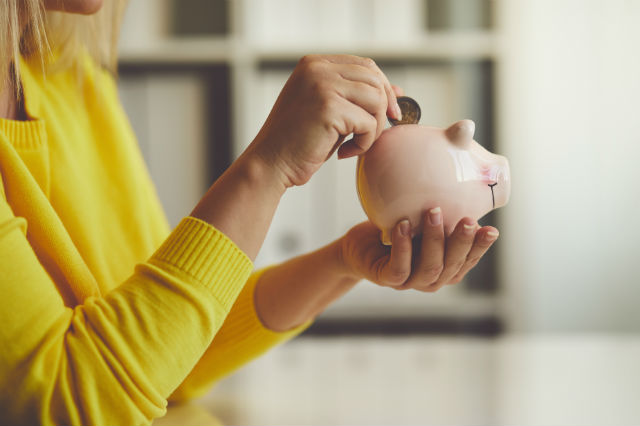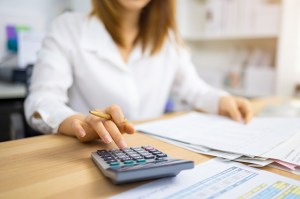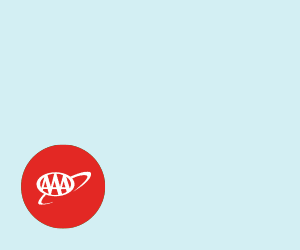Daily expense tracking is essential to determining where your money is going and how much you have available to spend. Few people are strangers to checking their bank accounts and wondering what happened.
Small purchases (such as a coffee on your way to work) can quickly put a dent in your monthly budget if you’re don’t know how often you’re upgrading your beverage from a drip coffee to a venti caramel macchiato. But with daily expense tracking, you can craft a reasonable monthly budget and plug up leaks in your spending.
The key is to determine how to keep track of personal expenses, which can be done a few ways.
Regularly review statements
Even if you’re not planning on putting together a monthly budget, it’s a good idea to regularly review your bank and credit card statements. That way, it’s possible to identify errors as they happen while assessing and reducing fees.
Just as importantly, checking your statements allows you to have a clearer picture of your cash flow, identifying what money is coming in and what money is going out.
Breaking it all down
Sitting down with your bank and credit card statements can be overwhelming if you don’t have clear spending categories. A lack of categories also makes it hard to establish a budget that will hold up month after month.
Your spending categories will generally fall into one of two camps: fixed expenses and variable expenses.
Fixed expenses include your cellphone plan, utilities, insurance, rent and so on – these are costs that don’t fluctuate much from month to month.
Variable expenses, like groceries, gas and date nights, are more prone to monthly changes. They’re often the best places to identify – through your daily expense tracking – areas to save.
Track by store
If you want to know where your money is going but aren’t willing to make daily expense tracking a new hobby, you could divide your budget into frequently visited stores rather than by types of consumer goods.
So, instead of having a grocery budget and tracking your expenses that way, you can have a Stop & Shop budget. This way, when you pick up cleaning and school supplies there, you don’t have to separate those items from your grocery budget.
Stuff those envelopes
If you tend to use checks, credit cards or debit cards, there will be a paper trail to help you better understand where your money is going. But if you use cash, you can try the old-fashioned envelope method for tracking your spending. With this method, you stuff envelopes with money for certain categories such as lunch or clothing at the beginning of each week and then use only that money for the designated category. Mvelopes is a mobile app that can add some modernization to the envelope system approach to budgeting.

Use an app
The most popular way of tracking your expenses is probably in your pocket or purse right now – your phone. There are numerous apps to help you track your expenses and establish a monthly budget. Many of the basic budget apps are free, though they do offer premium features to paid subscribers.
One of the best aspects of using budget apps is that most can directly connect to your bank or credit card accounts. If you are worried about apps having access to your financial transactions, you can also opt for an app that allows you to manually input your spending.
Some budgeting apps you can try include Dollarbird, Fudget and Mint.
Though the user interfaces and features differ app by app, all allow you to track your spending habits. Mint, for example, allows you to create budgets with different spending categories and warns you when you reach the limit.
Use a spreadsheet
If you’re a spreadsheet person, you’ve probably skipped the “use an app” section and have already started color coding your expense categories on Excel. But before you get too far ahead, know that there’s no need to reinvent the wheel here; there are plenty of free budgeting templates you can adapt to your needs.
Nonetheless, if you do want to make your own budget spreadsheet, don’t miss the opportunity to steal a few tips from Business Insider’s Libby Kane. Once she got her spreadsheet up and running, it only took about three minutes each morning to input her spending from the previous day.
How to keep track of personal expenses with daily expense tracking
No matter what system you use for your daily expense tracking, the key is to stick with it for at least a couple of months.
After two or three months, you’ll be able to review your expenses and ask yourself questions about your spending habits, such as: Should I really be spending as much money at Starbucks as I do on healthy food? The answer isn’t as important as coming to terms with the fact that you do spend a lot of money at Starbucks.
However, what’s most important is that you now have enough information about your spending habits to create a reasonable budget and answer the ultimate personal-finance question: Where does all my money go?
What’s your most effective system for daily expense tracking? Let us know in the comments!
Click here to learn about AAA’s financial services, including the AAA and Discover Deposit Program.















